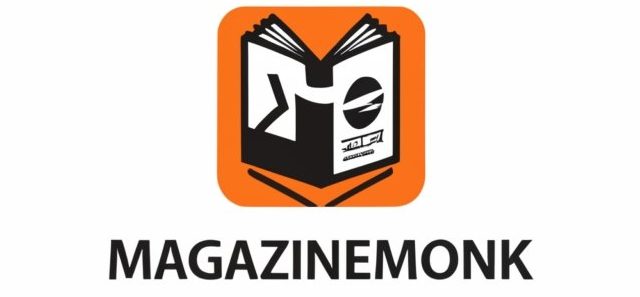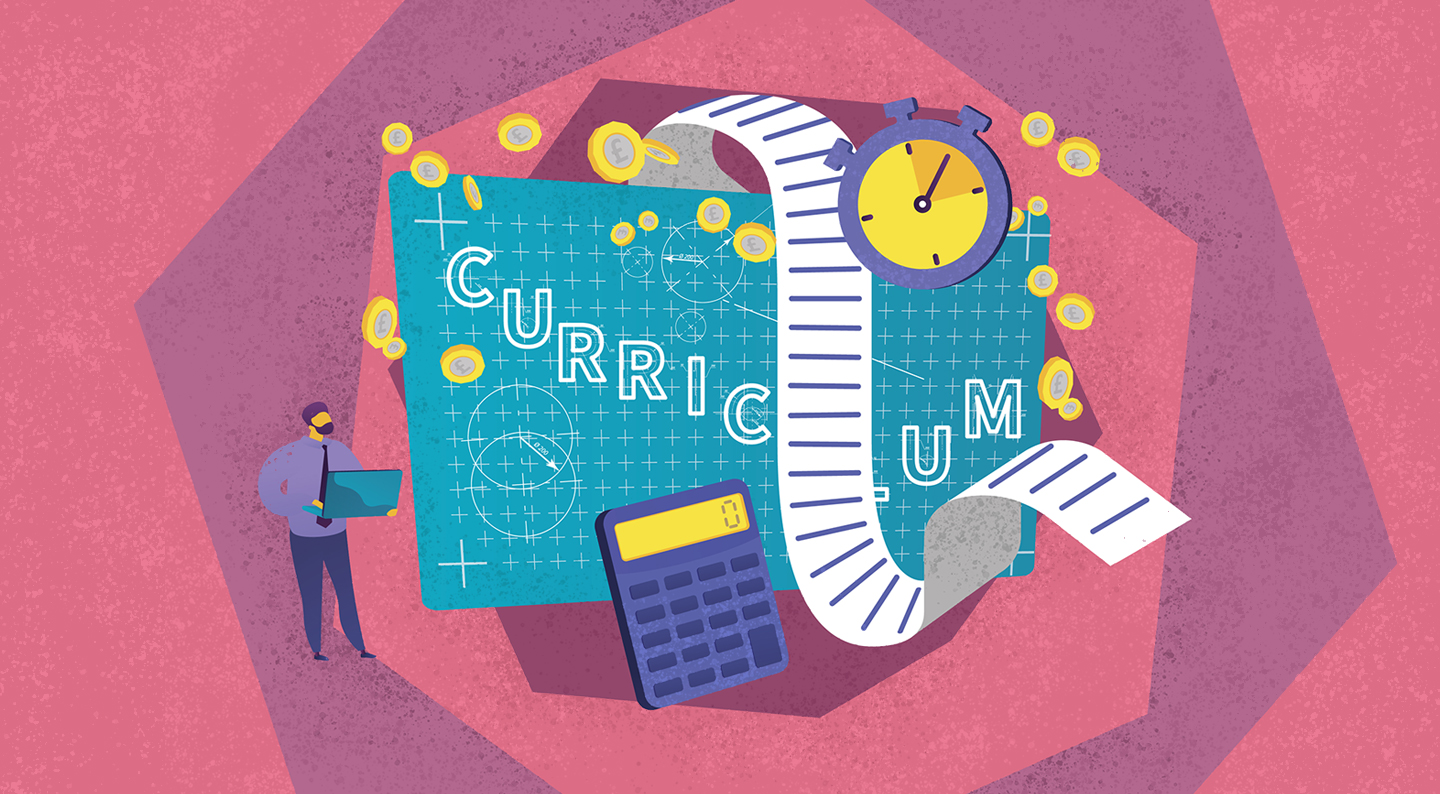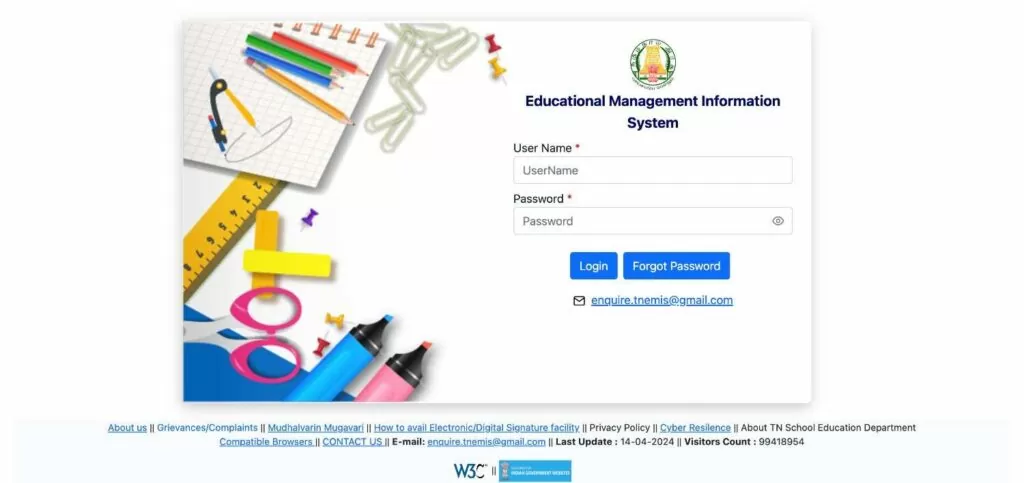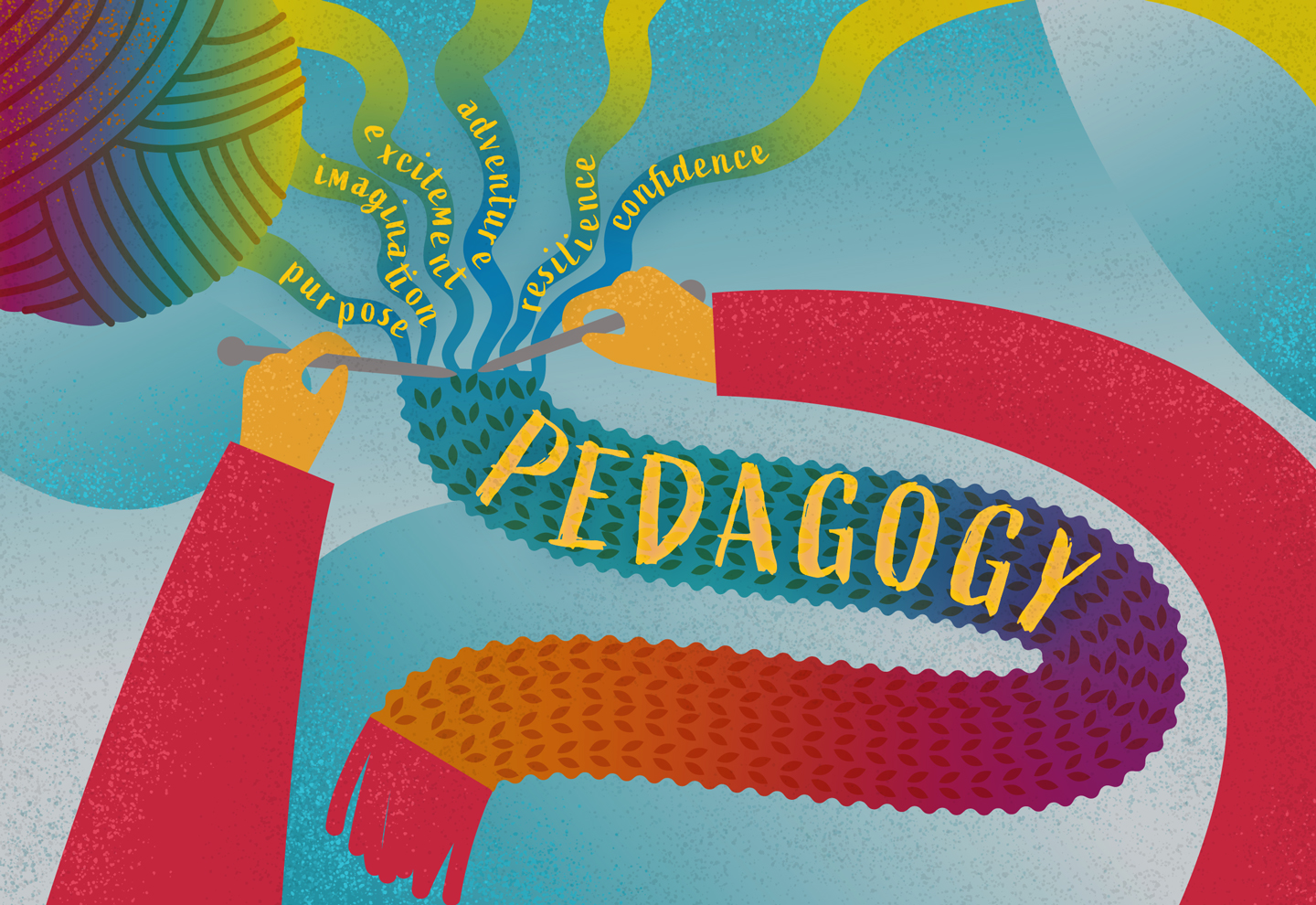Introduction to Curriculum Development
Curriculum development is the process of designing, implementing, and evaluating educational programs and courses to achieve specific learning objectives and outcomes. It encompasses the selection of content, instructional methods, assessment strategies, and learning experiences that guide teaching and learning in schools, colleges, universities, and other educational settings. Curriculum development is a dynamic and iterative process that aims to provide meaningful, relevant, and engaging learning experiences that prepare learners for success in today’s rapidly changing world.
Understanding the Principles of Curriculum Development
Alignment with Educational Goals
Curriculum development begins with a clear understanding of educational goals, standards, and objectives that define what learners should know and be able to do. By aligning curriculum with educational standards, frameworks, and learning outcomes, educators ensure coherence, consistency, and relevance in teaching and learning experiences, fostering student achievement and success.
Differentiated Instruction
Curriculum development emphasizes differentiated instruction that accommodates the diverse needs, interests, and abilities of learners. Educators tailor instructional strategies, materials, and assessments to meet the individual learning styles, preferences, and readiness levels of students, ensuring that all learners have opportunities to succeed and reach their full potential.
Integration of 21st-Century Skills
Curriculum development integrates 21st-century skills such as critical thinking, communication, collaboration, creativity, and digital literacy into learning experiences. By emphasizing interdisciplinary approaches, project-based learning, and real-world applications, educators prepare students to thrive in a complex, interconnected, and rapidly changing world, equipping them with essential skills for success in the digital age.
Key Components of Curriculum Development
Needs Assessment
Curriculum development begins with a needs assessment that identifies the educational needs, priorities, and challenges of learners, educators, and stakeholders. This involves gathering data through surveys, interviews, observations, and analysis of student performance, demographics, and learning environments to inform curriculum decisions and priorities.
Curriculum Design
Curriculum design involves creating a framework or blueprint that outlines the structure, content, and sequence of learning experiences. Educators collaborate to develop learning objectives, select instructional materials, design assessments, and plan instructional strategies that align with educational goals and meet the diverse needs of learners.
Implementation and Evaluation
Once the curriculum is designed, it is implemented in educational settings through instruction, activities, and assessments. Educators monitor and evaluate the effectiveness of the curriculum through ongoing assessment, feedback, and reflection, making adjustments based on student performance, engagement, and feedback to ensure continuous improvement and alignment with educational goals.
Revision and Improvement
Curriculum development is an iterative process that involves ongoing revision and improvement based on feedback, evaluation data, and emerging trends and needs. Educators collaborate to review and update curriculum content, instructional methods, and assessment strategies to reflect changes in educational standards, technology, and best practices, ensuring that curriculum remains relevant, rigorous, and responsive to the needs of learners and society.
Strategies for Effective Curriculum Development
Collaboration and Stakeholder Engagement
Collaborate with educators, administrators, students, parents, and community members to develop curriculum that reflects diverse perspectives, interests, and needs. Solicit feedback, input, and ideas from stakeholders throughout the curriculum development process to ensure inclusivity, relevance, and ownership of the curriculum.
Flexibility and Adaptability
Design curriculum that is flexible and adaptable to meet the evolving needs and contexts of learners and educational settings. Provide options for differentiation, enrichment, and remediation to accommodate diverse learning styles, preferences, and abilities, ensuring that all students have opportunities to succeed and thrive.
Integration of Technology
Integrate educational technology tools and resources into the curriculum to enhance teaching and learning experiences. Use digital platforms, multimedia resources, and interactive tools to engage students, facilitate collaboration, and personalize instruction, fostering digital literacy, creativity, and critical thinking skills.
Continuous Professional Development
Invest in professional development and training opportunities for educators to build their capacity in curriculum development, instructional design, and assessment practices. Provide ongoing support, resources, and mentorship to empower educators to implement curriculum effectively, innovate in their teaching practices, and stay current with emerging trends and best practices in education.
Conclusion
In conclusion, curriculum development is a complex and dynamic process that requires careful planning, collaboration, and ongoing evaluation to create meaningful and impactful learning experiences for students. By adhering to principles of alignment with educational goals, differentiation, integration of 21st-century skills, and key components such as needs assessment, curriculum design, implementation, and evaluation, educators can craft curriculum that inspires curiosity, fosters creativity, and prepares students for success in an ever-changing world.





